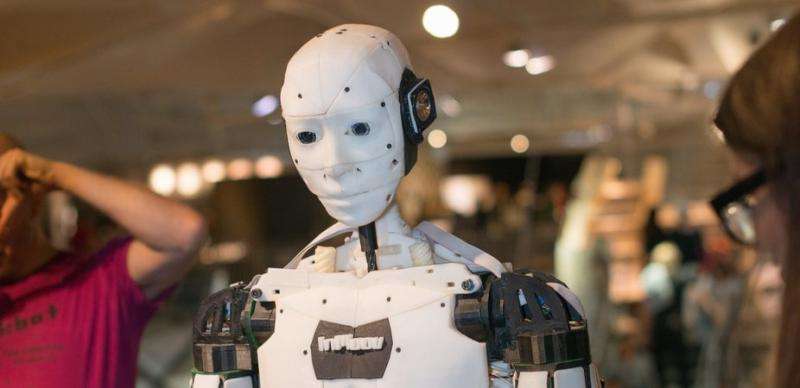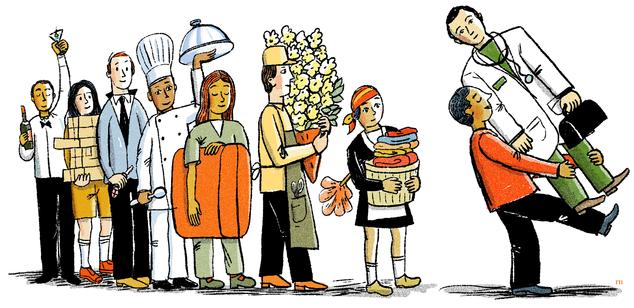What follows is a work of transhumanist poetry by the Anglo-Polish lawyer, Veronika Lipinska, Lifeboat Foundation advisory board member and Steve Fuller’s co-author of The Proactionary Imperative: A Foundation for Transhumanism (Palgrave, 2014). The Polish sources of transhumanism remain underexplored, but they range across theology and literature. The ‘Polish Brethren’ were a radical 16–17th century Protestant sect who hosted the heretic Fausto Sozzini — the model for Faust — who laid the theological groundwork for such characteristic Enlightenment religious doctrines as Unitarianism and Deism, both of which posited a more immediate connection between the human and the divine than the established churches found comfortable. In more recent times, most transhumanists will be familiar with the science fiction of Stanislaw Lem, but still more recently the 1980 Nobel Prize winner for Literature, Czeslaw Milosz, has penned a poem, ‘After Enduring’, dedicated to cosmologist Frank Tipler’s efforts to infer Christian eschatology from the physics of the Singularity. This poem is a modest follow-up for a new generation.
Virtually human
He played with my head
Got me hardwired
Connected me to the world
And now I can see everything
Continue reading “Virtually Human -- A Transhumanist Poem by Veronika Lipinska” »
















